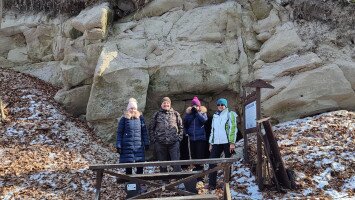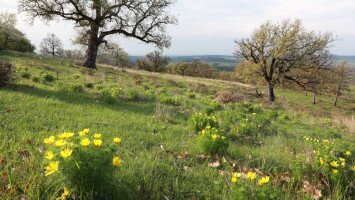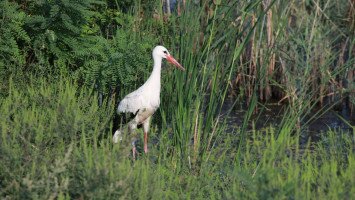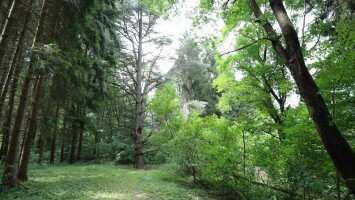Suba-lyuk tanösvény
11/21/2024 2:00 PM
Cserépfalu - Mész-hegy
Jelzéskék TKiinduló pontHór-völgyi Látogatóközpont, CserépfaluÁllomások száma12LeírásA 2024-ben létesült tanösvény Cserépfalu mellett található, indító állomása a Hór-völgy bejáratánál, a Bükki Nemzeti Park szélén van. Itt található a Hór-völgyi Látogatóközpont is, amely parkolóval, mosdóval, étteremmel és kiállítással áll a látogatók rendelkezésére.A Subal-yuk Közép-Európa egyik legrégibb ősemberleletének helye. Itt találták meg a Neander-völgyi ősember hazai nyomait, egy felnőtt nő és egy 3 éves gyermek csontjait. A későbbi ásatások során barlangi medve, oroszlán és hiéna csontmaradványai is előkerültek. A barlang mellett a tanösvény bemutatja a Hór-völgy természeti értékeit, élővilágát, geológiáját, a Bükkalja vulkanizmus során kialakult táját, a falu egykori fás legelőit, a Mész-tetőn található őskori erődítést, az Ördögtorony kaptárkövet és a Hungarikumok között számon tartott Bükkaljai Kőkultúra egyéb érdekességeit.
Read more














